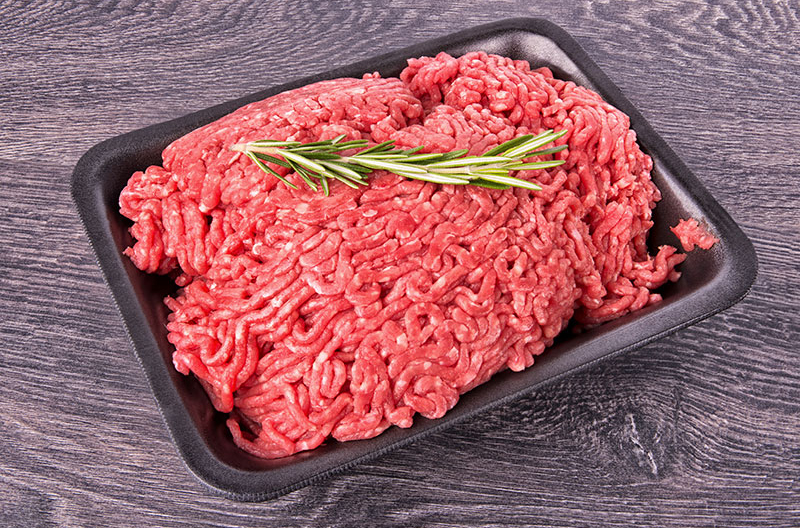by Jim Dudlicek / NGA Director, Communications and External Affairs
Existing regulations from USDA-FSIS require that all facilities that grind beef, including retail establishments like supermarkets, maintain records regarding the source materials. Records must also indicate cleaning and sanitation practices.
Although this rule has been around for more than seven years, FSIS still finds retailers that are not aware of the requirements or that have not implemented them correctly.
“This rule requires significant recordkeeping to ensure that foodborne illness outbreaks are able to be traced even if they come from ground beef. Because ground beef often comes from many sources, FSIS felt that additional recordkeeping was required for proper tracing during outbreaks,” said Stephanie Johnson, NGA VP of government relations.
In a recent webinar – the latest in a series that’s part of NGA’s exclusive food safety partnership with Ecolab – Tom Collaro, FSIS Northeast deputy regional director in the Office of Investigation, Enforcement and Audit, provided a review of the mandatory recordkeeping requirements for retailers that grind beef. He was joined by Ecolab’s Jill Hollingsworth, who reviewed the meaning of “intended use” and how retailers can minimize risks when grinding beef.
Here are some key takeaways from the discussion:
Why is record keeping important? The CDC estimates that each year roughly one in six Americans contract a foodborne illness, resulting in 128,000 hospitalizations and 3,000 deaths. Contaminated meat and poultry are responsible for 22 percent of these illnesses and 29 percent of these deaths. Between 2007 and 2013, FSIS investigated 130 outbreaks, of which a quarter were linked to beef ground by a retailer. The grinding process can spread pathogens through multiple lots of product if equipment and food contact surfaces are not properly cleaned. Additionally, ground beef is not always cooked sufficiently to destroy pathogens. Accurate record keeping helps with traceability for recall purposes.
What’s covered? Stores that grind and sell raw beef products must keep records that will fully and correctly disclose all relevant transactions, including bills of sale, invoices, bills of lading, and receiving and shipping papers. Operators must keep numbers of establishments supplying source materials for each lot; all supplier lot numbers and production dates; names of the supplied materials, including beef components and any materials carried over from one production lot to the next; date and time each lot of raw ground beef product is produced, and when grinding equipment and other related food-contact surfaces are cleaned and sanitized.
Are there any exceptions? If the ground beef is cooked before being sold, FSIS does not enforce the recordkeeping requirements. The addition of spices, casings, vegetables or other types of meat (for example, a meatloaf mix) or poultry do not have to be recorded.
What is a “lot?” For FSIS requirements, a lot is defined as the amount of raw ground beef produced during particular dates and times, following cleanup and until the next cleanup, during which the same source materials are used. Lots may include raw beef from multiple suppliers or source materials. The step of cleaning and sanitizing is the key to determining a lot.
What constitutes grinding? The rule does not cover “intact meat,” which is whole muscle that has not undergone grinding, mechanical tenderizing, vacuum tumbling with solutions, cubing or pounding. A whole muscle can be cut into smaller pieces and still be intact meat, such as a tenderloin that’s whole or cut into filets, chuck roast or stew meat. “Non-intact” meat includes grinds, meats injected with solutions, meat diced to less than ¾ inch, or any process that could potentially drive pathogens into the muscle tissue.
How can you control risk of contamination? Tips include the following: Grinding product in small batches to reduce co-mingling of different products; cleaning and sanitizing more frequently to create smaller lots; labeling products with different source materials to ensure proper identification; maintaining complete and accurate production logs and grinding logs; segregating products based on designation of intended use; establishing consistent grinding sequence (for example, from intact to non-intact, from most lean to higher fat content); separating production or grinding cycles based on type of products and designating shelf life or use-by date.
To view a recording of this complete webinar and find more information about food safety, visit the NGA-Ecolab food safety learning center.

